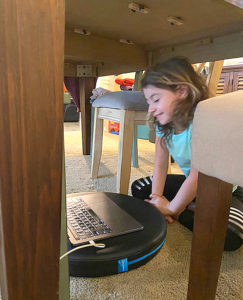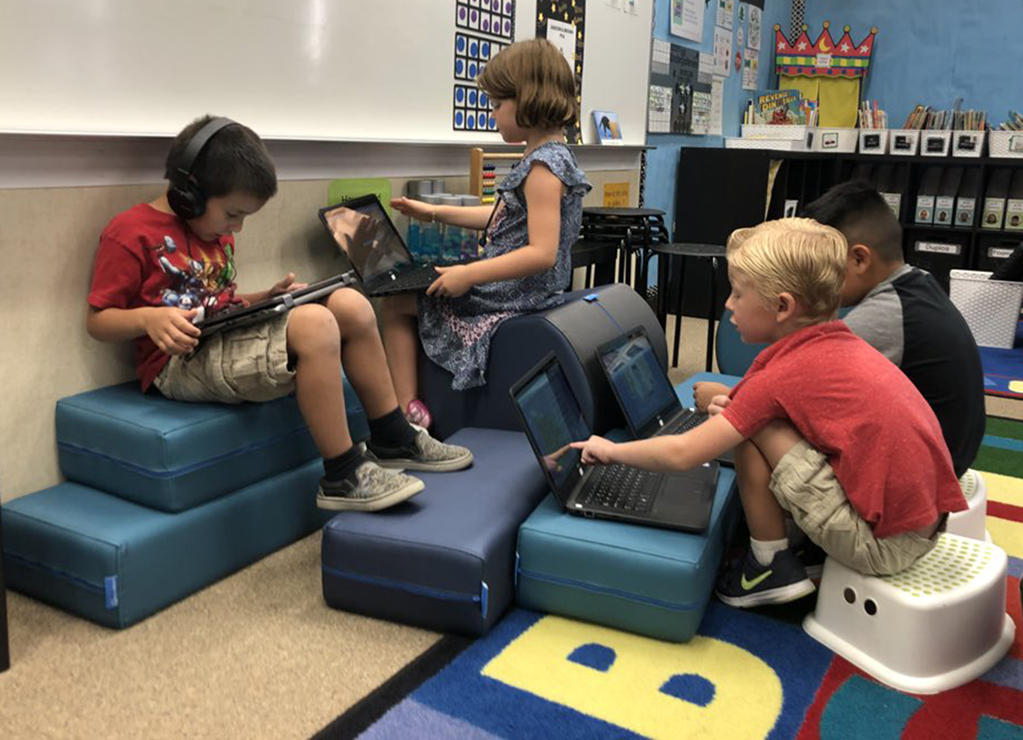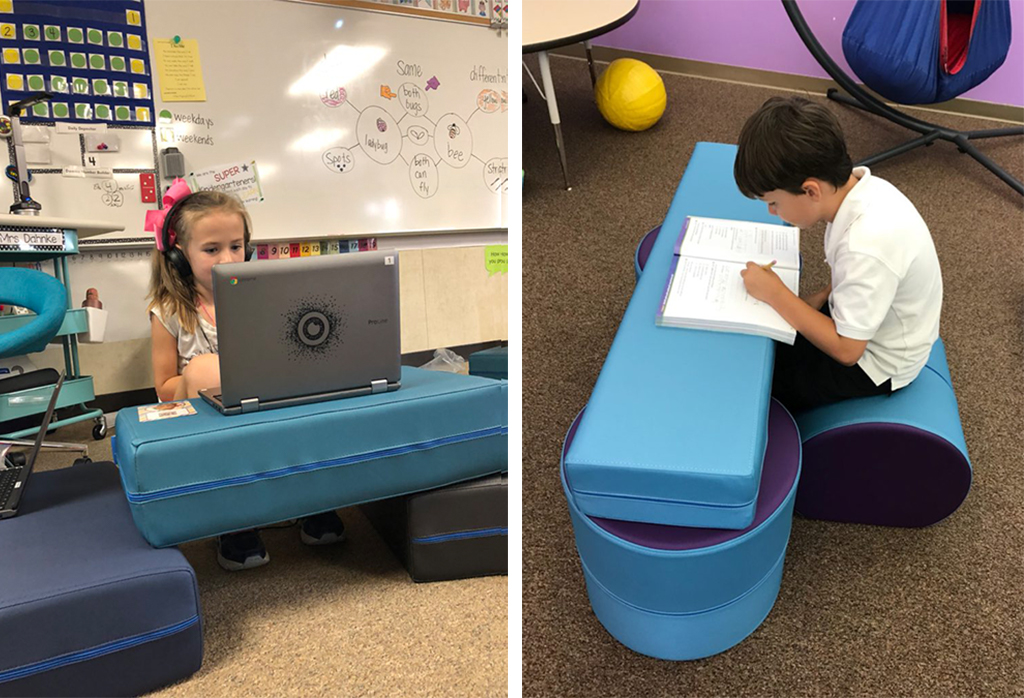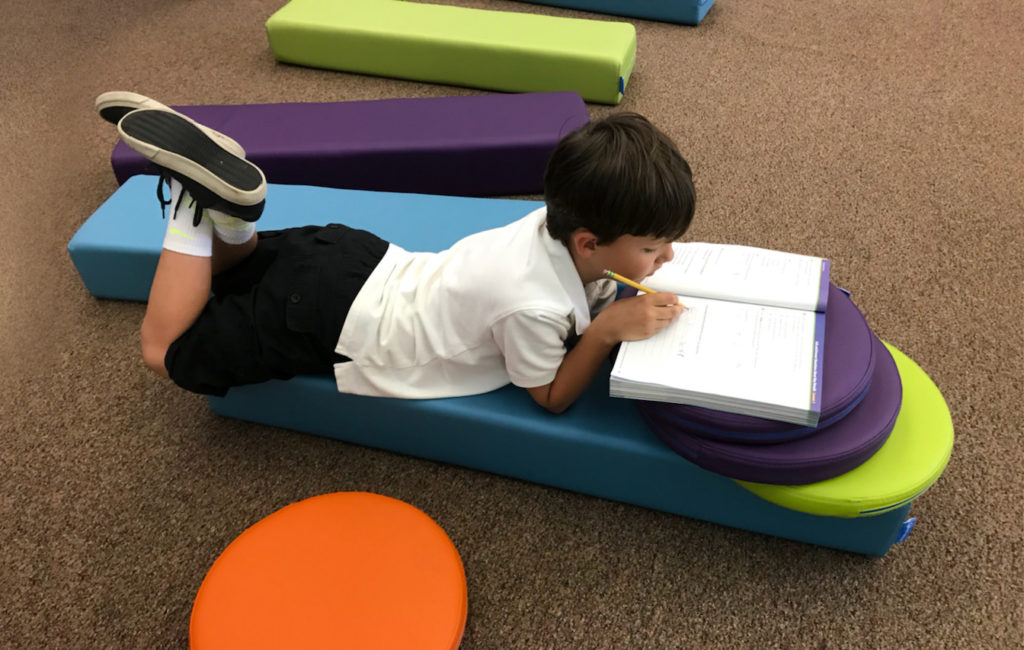a lesson from the experts. and parents of 4.
NorvaNivel Founders Jolene and Avron Levin, have some words of wisdom for creating effective learning spaces at home.
Our worlds have been turned upside-down. And so have our households. Your 3-bedroom, 2-bath home is now Grand Central Station for work, play, and everything else these COVID times have thrown us.
While many of us performed temporary triage turning our kitchen counters and dinner tables into makeshift classrooms, study halls, and offices for the short-term, back-to-school at home has us rethinking a long-term strategy for the home front.
it’s not about a desk and chair.
Before you scour the home design and improvement stores attempting to simulate the traditional classroom of rigid desks and unbearable chairs we grew up with, you may want to explore what’s really going on in progressive schools and most workplaces.
Agile and flexible learning spaces are proving to be significantly more facilitative to engagement and productivity than the too-tried and not-really-true desk and chair school of thought.
our own homefront has been an eye-opening time for observation.
As parents of four amazingly unique kids ages 4 to 12, in the last few months, we’ve witnessed the gamut of emotions, creative genius, furniture hacks, learning styles, self-prescribed solutions, and more in our household. You name it, we’ve seen it.
Watching my three eldest children learn has once again proven to me that not only do we all have very different ways of learning but when given the opportunity to choose our own setting to learn, very few kids will opt for a traditional desk-and-chair scenario.

We see our 8-year-old almost permanently under the dining room table with her NorvaNivel WorkPad. Our 11-year-old shifts from room-to-room as his subjects change on ZOOM so that he can differentiate his environment. And our 12-year-old cycles between the floor in her bedroom and the kitchen table.
When we look at them through the lens of “choice” and “agency” it is clear that when given the chance a child will set up their space in creative and wonderful ways. Ways that work to their individual needs, and provide them the best opportunity to engage and learn.
There’s no doubt that our kids dearly miss the physical space of school. But what I’m witnessing at home only reinforces that agile learning spaces kids reconfigure for themselves provide a much deeper connection to the very art of learning.
Why? We’re all wired differently. We all have our own way of doing things, and we all need a place of our own. Especially young learners. Given the opportunity, kids have a very keen way of figuring that out.
“what i’ve witnessed first-hand in my own home is that learning can truly happen anywhere and at any time.”
– Jolene Levin, Norva Nivel Co-Founder
So, take it from us. Before you run off and spend a fortune on a learning space you think might work at home, take a look at what’s really working in schools today. Here are a few photos of our agile learning spaces in schools that illustrate what we’re so sure of – when allowed the opportunity, learners naturally discover how they learn best.
Pictured, you see that no confining desks or rigid chairs are required. Learners instinctively create their own learning space within the classroom using NorvaNivel’s RockerOtt™ Ottomans and Genga™ Blocks. Just look around your home, and see how your little learners can fashion a learning place of their own.


Have a clever home hack for learning space? Bring it on! We’d love to see how your home learners learn!

